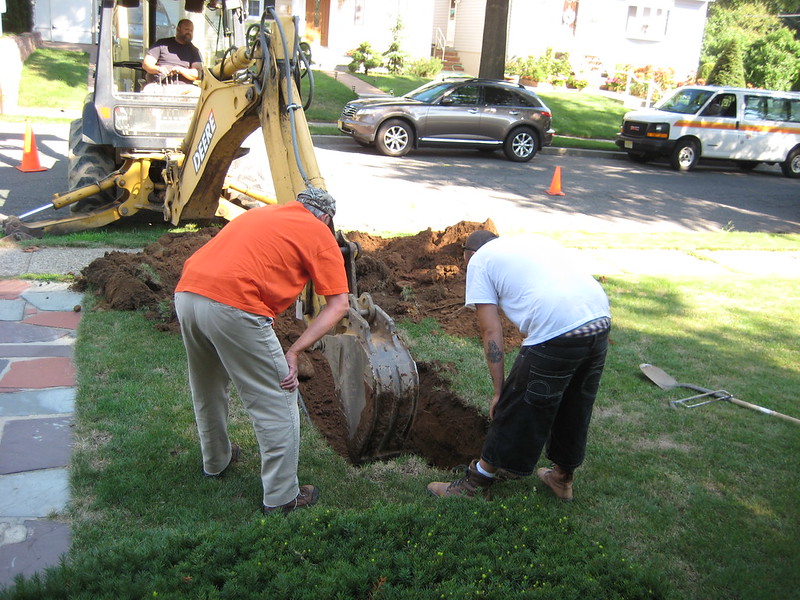
5 Key Signs That It’s Time For Oil Tank Removal

Homeowners concerned that their buried heating oil tank leaks should contact an oil tank removal professional to schedule soil testing. A leaking oil tank can cause contamination, requiring costly clean-up services or violating state environmental laws.
Homeowners should also look for physical indications of a tank, such as filler pipes that are typically present 6ft – 8ft from the structure and a visible vent pipe.
A Leak
When underground oil tanks leak, the toxic materials seep into the soil and poison any vegetation that might grow near it. This contamination can cause serious environmental problems and affect your neighbors’ properties.
A leaking oil tank is also dangerous to your health and safety as it can emit a pungent odor that can trigger headaches, nausea and more. Additionally, it can contaminate your property’s water supply and neighboring ones.
Several signs can indicate that your oil tank is leaking, including damp spots near the underground oil tank, sticky drips or reddish-black spots on the ground. A significant increase in your heating bill is another key indicator. When these signs are present, it’s time to call experts in oil tank removal Westchester County NY to remove your leaking underground oil tank.
Unpleasant Smells
When a heating oil tank leaks, it often leaves a strong and pungent oil smell behind. If the odor is present in or around your home, it’s time to schedule an inspection of your underground tank.
It is common to notice a slight odor when your oil tank is recently refilled. This is caused by a small amount of spilled fuel that escapes before the tank lid is put back on.
If you notice any spots of rust on your oil tank, it’s also a sign that the shell is weakening. Over time, this will cause holes and cracks to form. Even if the damage to your tank seems minor from the outside, inhaling fumes can be dangerous, particularly in basements.
Dead Grass
Even if you do not have an oil tank, inspecting the site visually is a good idea. Clues to a buried tank can include depressions on the property, a visible rusting or leaning oil tank vent pipe or a fill pipe protruding from the ground.
During heavy rain or when you irrigate your property, you may leak from an underground tank if you see oil sheen on standing water or puddles. This sheen is iridescent and catches the sunlight in a rainbow effect.
Home inspectors often look for indications of heating oil tanks before a sale, especially if the property was previously heated by oil. This may include a tank sweep and soil samples.
Corrosion
Over time, oil tanks will experience corrosion due to the natural environment where they are located. Corrosion can be severe and may cause a tank to crack and leak. A professional must remove a corroded tank for the home’s safety.
Corrosion is caused by water and rust, which sink to the bottom of an old oil tank. This can be a major problem, especially for underground oil tanks.
Corrosion can lead to a leak of petroleum products into the soil surrounding the tank, which will require costly soil testing and contamination remediation services. To prevent corrosion, homeowners should regularly have their old buried oil tanks tested. Water tests can catch problems that visual inspections cannot.
Leaking Fuel Gauge
A leaking oil tank gauge can be difficult to diagnose. Especially since the tanks are buried underground, it could be a long time before you realize there is a leak and the damage has spread. The most common signs of a leaking fuel gauge are damp spots around the tank. As the leak progresses, it can also cause sticky drippings that leave black icicle-like deposits or reddish-black floor stains.
A leaking oil tank can harm the surrounding vegetation, your property, and groundwater supply. It’s important to watch for any warning signs so you can call a professional to remove the tank quickly before the damage spreads. Getting soil samples from the area can help confirm a leak.


